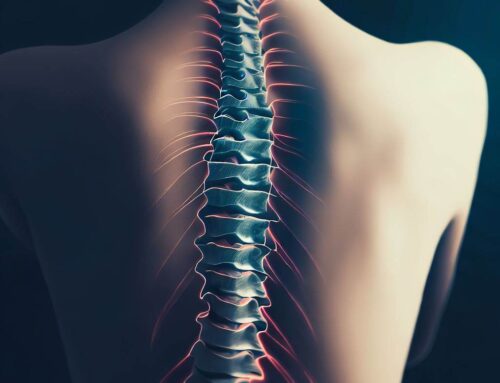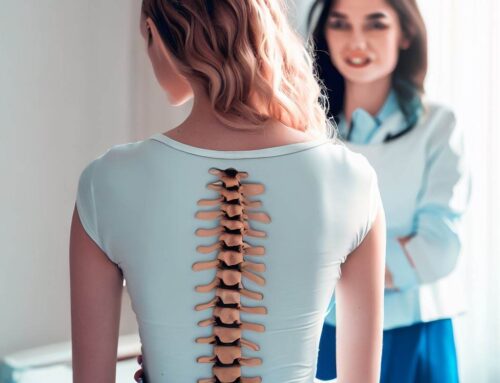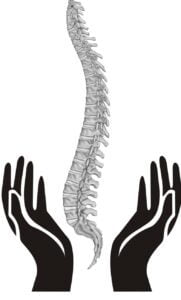When the discomfort of a slipped disc strikes, the prospect of surgery might seem daunting. Luckily, a range of non-surgical treatments exists to alleviate the pain and help you get back to your daily activities. In this comprehensive article, we’ll delve into the world of non-surgical treatment options for slipped discs, exploring various methods to find the relief you seek.
Understanding the Non-Surgical Approach
Embracing Conservative Care
Non-surgical treatments, often referred to as conservative care, focus on minimizing pain, reducing inflammation, and promoting the body’s natural healing processes. These approaches are typically recommended as the first line of defense against a slipped disc before considering more invasive options.
When is Non-Surgical Treatment Appropriate?
Non-surgical treatment is often a suitable choice for individuals experiencing mild to moderate slipped disc symptoms. If symptoms are severe or don’t respond to conservative methods, surgical intervention might be considered.
Exploring Non-Surgical Treatment Options
Pain Management
Medications
Pain-relieving medications such as over-the-counter non-steroidal anti-inflammatory drugs (NSAIDs) or prescription medications can provide short-term relief. Muscle relaxants might also be prescribed to ease muscle spasms associated with a slipped disc.
Epidural Steroid Injections
These injections deliver anti-inflammatory steroids directly into the affected area, reducing pain and inflammation around the slipped disc. This approach can offer substantial relief, especially when other treatments are not providing adequate results.
Physical Therapy
Targeted Exercises
Physical therapists create tailored exercise regimens to strengthen the muscles supporting the spine. Strengthening the core and back muscles can help stabilize the spine, alleviate pressure on the slipped disc, and improve overall posture.
Manual Therapy
Manual therapies such as spinal manipulation, mobilization, and therapeutic massage aim to improve spinal alignment, flexibility, and blood flow. These techniques can help reduce pain and improve mobility.
Heat and Cold Therapy
Heat Therapy
Applying heat to the affected area can help relax muscles and increase blood circulation. This can provide temporary relief from pain and stiffness.
Cold Therapy
Cold packs can reduce inflammation and numb the area, offering relief from pain and discomfort. Alternating between heat and cold therapy might be recommended for some individuals.
Lifestyle Modifications for Relief
Ergonomics
Adjusting your daily habits and work environment can make a significant difference. Using ergonomic chairs, maintaining proper posture, and lifting objects with proper technique can prevent exacerbation of slipped disc symptoms.
Weight Management
Excess weight puts additional stress on the spine and can worsen slipped disc symptoms. Maintaining a healthy weight through diet and exercise can alleviate this strain.
Mindful Movement
Engaging in low-impact exercises like swimming, walking, or yoga can promote spinal health and flexibility without putting excessive strain on the discs.
The Road to Recovery and Prevention
Patience and Persistence
Non-surgical treatments for slipped discs require time and consistent effort. It’s important to follow the recommended treatment plan and work closely with medical professionals to monitor progress.
Preventive Measures
After experiencing relief, continue practicing good spinal habits to prevent future issues. Regular exercise, proper posture, and mindful movement can contribute to a healthy spine.
Conclusion: Navigating Non-Surgical Solutions
When a slipped disc disrupts your life, the path to recovery doesn’t always lead to the operating room. Non-surgical treatments offer an array of effective strategies to manage pain, promote healing, and restore your quality of life. By embracing conservative care and making positive lifestyle changes, you can embark on a journey of recovery and prevention, ensuring your spine remains resilient and pain-free.








Get Social